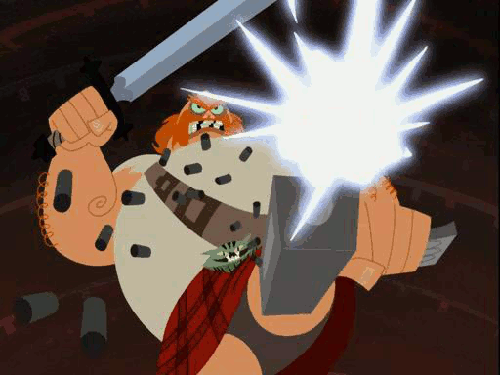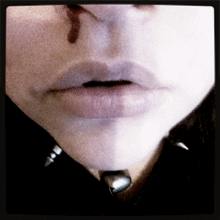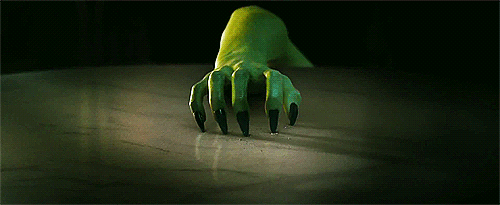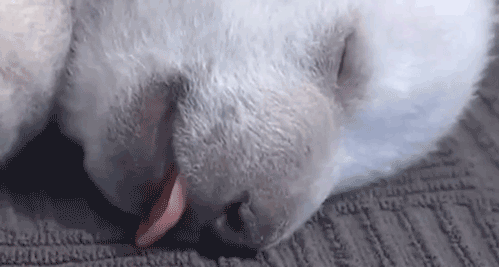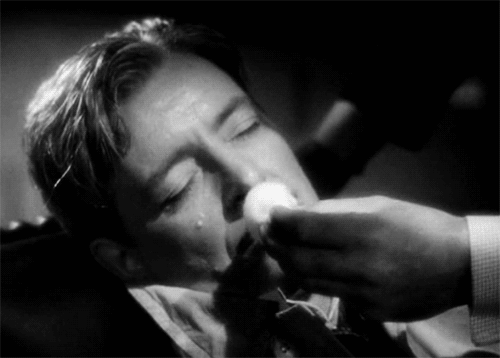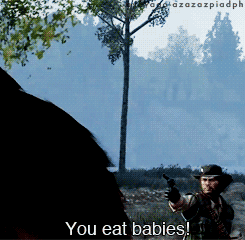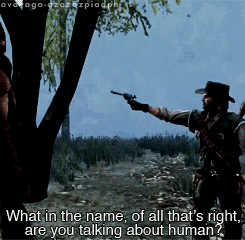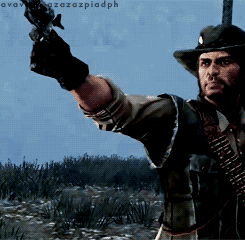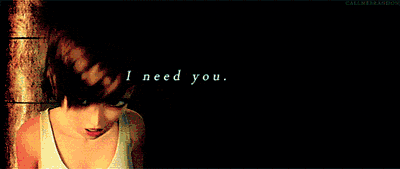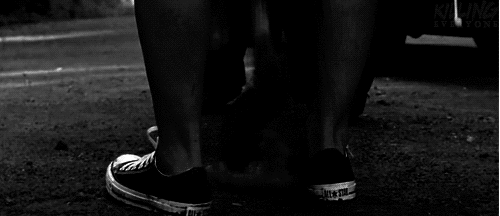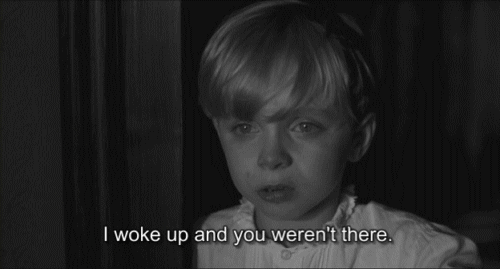Fiction / Dennis Cooper
:: Zac’s Haunted House, Chapter 1 ::
From the writer
:: Account ::
I think the animated GIF is a super rich thing, mostly unintentionally? For the novel, I thought of them as these crazy visual sentences. But unlike text sentences, they do all the imaginative work for you. They render you really passive. They just juggle with your eyesight, and you’re basically left battling their aggressive, looped, fireworks-level dumb, hypnotizing effects to see the images and the mini-stories/actions they contextualize. I think, ultimately, they’re mostly rhythms, or they reduce their imagery and activity, etc. to illustrative components of these really strict rhythmic patterns that turn the eye into an ear in a way.
My idea is that if you make a novel out of them, the visuals in the individual GIFs can serve double duty in the same way that the instrumentation and vocals in music samples do. They become just the texture of the loop’s rhythm, and that somehow seems to isolate the GIFs’ content from their source material. When you combine and juxtapose the stacks, if you do it carefully, you can break or disrupt their individual rhythms in a way that makes their imagery either rise to the surface or become abstraction. Basically, you can then use their content and appearance as sets and actors and cinematography in a fiction. They can hold their references, if you organize them to do so, and you can use those associations to create shortcuts to some idea or emotion you want to get across, or they can become quite malleable and daydream-like, or you can empty them until they’re just motions that are as neutral as a text.
The really exciting thing for me is that the narratives can be as unrealistic or abstract or senseless or trivial or abject or unreadable as you want, and they will always remain inherently pleasurable.
Dennis Cooper is a novelist, poet, and critic. His ten published novels include The George Miles Cycle (Grove Press, 1989 – 2000), an interconnected sequence (Closer, Frisk, Try, Guide, and Period), and The Sluts (Da Capo Press, 2005), winner of France’s literary prize the Prix Sade. Additionally, he collaborates regularly with the French director Gisele Vienne. Like Cattle Towards Glow, a film made in collaboration with Zac Farley, will be released internationally later this year.


























